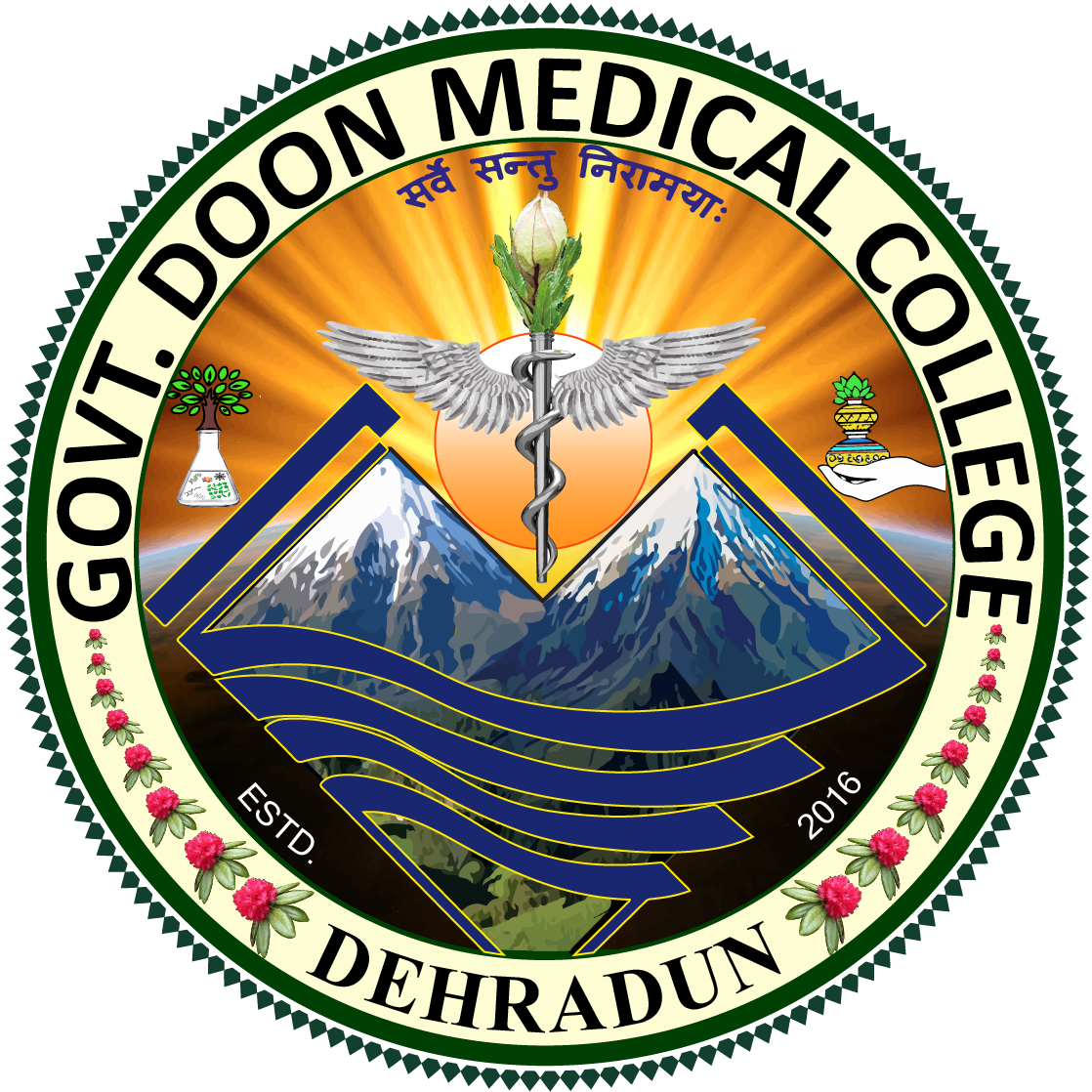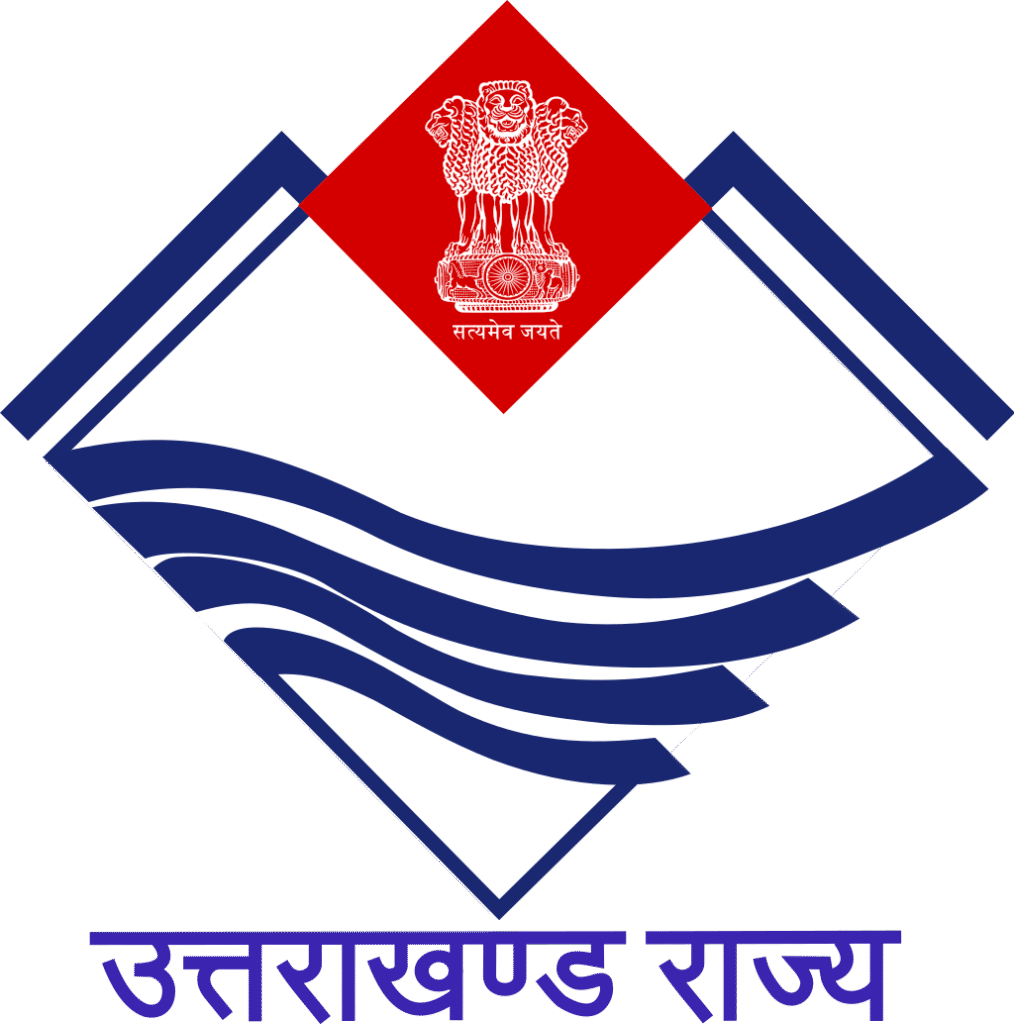Introduction to the Right to Information (RTI) Act, 2005
What is RTI?
The Right to Information Act, 2005 empowers every citizen of India to seek information from public authorities. It promotes transparency, accountability, and better governance. Under this Act, government organisations, including Government Doon Medical College (GDMC), Dehradun, are required to provide timely information to citizens.
Purpose of the RTI Act
- To make government institutions transparent in their functioning.
- To promote accountability of officials and departments.
- To empower citizens to actively participate in democracy.
- To reduce corruption and delays in administration.
What Information Can Be Requested?
A citizen may request:
- Details of administrative decisions, policies, rules, and regulations.
- Information about budgets, expenditures, and schemes.
- Institutional data published under Section 4(1)(b) (e.g., organisation structure, powers and duties of officers, rules and regulations, committees).
- General information about facilities and services available to citizens at GDMC.
What Information Cannot Be Disclosed?
The Act also recognises that certain categories of information must be protected. Information will not be shared if it:
- Relates to personal details of staff or students (such as medical, educational, financial, or service records).
- Involves patient records or medico-legal documents held in fiduciary capacity.
- Concerns national security, law enforcement, or sensitive third-party data.
- Falls under the exemptions in Section 8 of the RTI Act, 2005.
How GDMC Implements RTI
Government Doon Medical College has designated:
- A Public Information Officer (PIO) to receive and respond to RTI applications.
- A First Appellate Authority (FAA) to handle appeals when applicants are not satisfied with the PIO’s reply.
- An RTI Manual under Section 4(1)(b) which is published on this website for public access.
Why Citizens Should Use RTI Responsibly
The RTI Act is a powerful tool for transparency, but it should be used responsibly:
- RTI is meant for seeking information, not for complaints or grievances.
- Before filing an RTI, citizens should first check the RTI Manual available on this website, where much of the information is already provided.
- Grievances (e.g., regarding admissions, patient services, or employment) should be directed to the respective grievance redressal committees instead of the RTI route.
* For procedure of filing RTI applications at GDMC, please refer to the “Procedure of RTI” page on this website.
SECTION – 4(1)(b) OF RTI ACT, 2005
Section 4. (1) Every public authority shall—
(b) Publish, within one hundred and twenty days from the enactment of this Act—
(i) the particulars of its organisation, functions, and duties;
(ii) the powers and duties of its officers and employees
(iii) the procedure followed in the decision-making process, including channels of supervision and accountability;
(iv) the norms set by it for the discharge of its functions;
(v) the rules, regulations, instructions, manuals, and records held by it or under its control or used by its employees for discharging its functions;
(vi) a statement of the categories of documents that are held by it or under its control;
(vii) the particulars of any arrangement that exists for consultation with, or representation by, the members of the public in relation to the formulation of its policy or implementation thereof;
(viii) a statement of the boards, councils, committees, and other bodies consisting of two or more persons constituted as its part or for the purpose of its advice, and whether the meetings of those boards, councils, committees, and other bodies are open to the public, or the minutes of such meetings are accessible to the public;
(ix) a directory of its officers and employees;
(x) the monthly remuneration received by each of its officers and employees, including the system of compensation as provided in its regulations
(xi) the budget allocated to each of its agencies, indicating the particulars of all plans, proposed expenditures, and reports on disbursements made;
(xii) the manner of execution of subsidy programmes, including the amounts allocated and the details of beneficiaries of such programmes;
(xiii) particulars of recipients of concessions, permits, or authorisations granted by it
(xiv) details in respect of the information available to or held by it, reduced in an electronic form;
(xv) the particulars of facilities available to citizens for obtaining information, including the working hours of a library or reading room, if maintained for public use
(xvi) the names, designations, and other particulars of the Public Information Officers;
(xvii) such other information as may be prescribed; and thereafter update these publications every year;
How To Reach
Important Links
Copyright © 2025 GDMCUK. All Right Reserved. Design By Royal Developer

